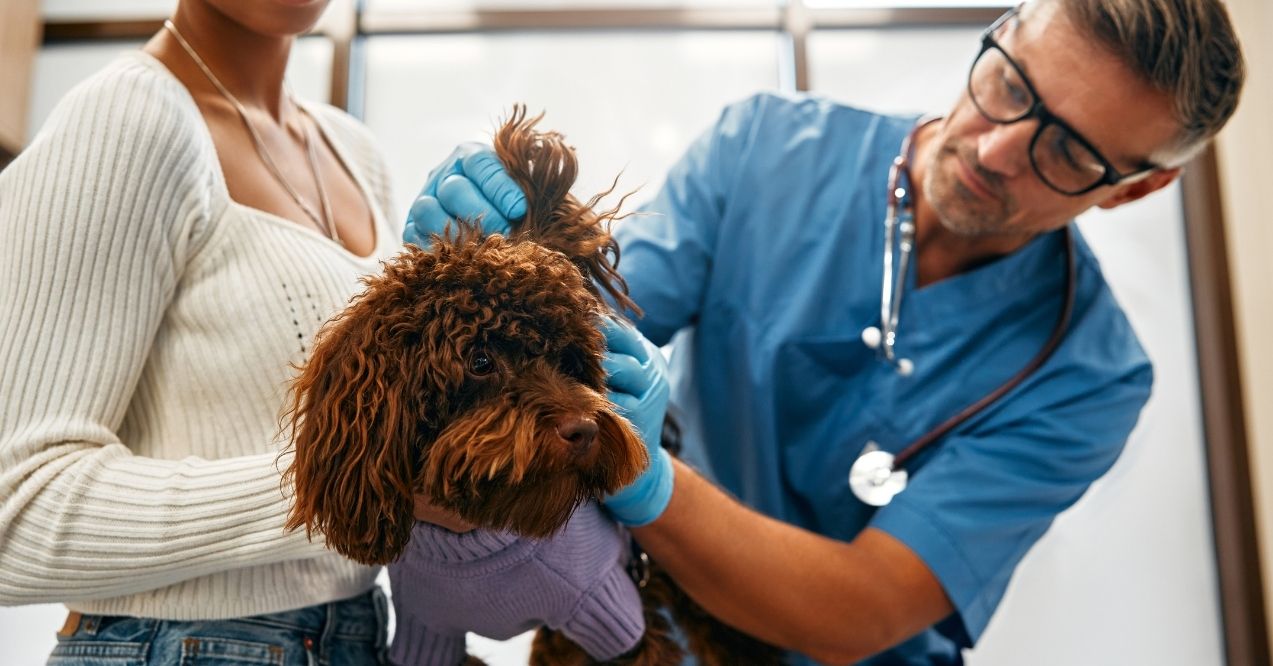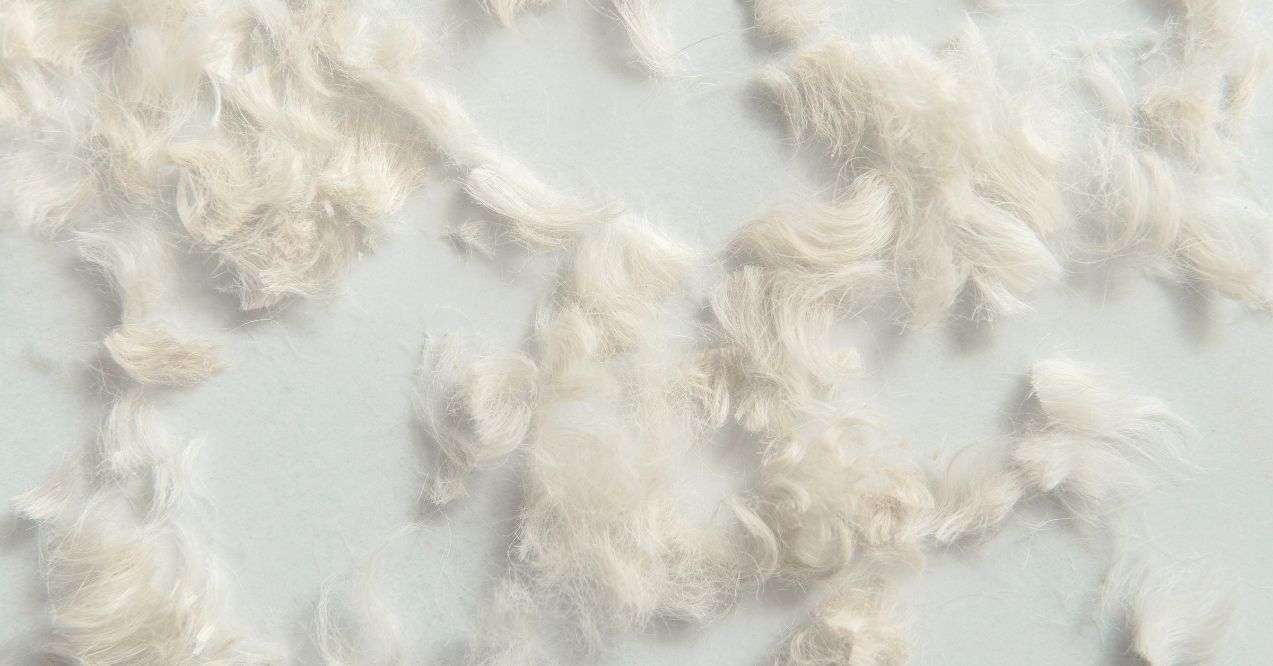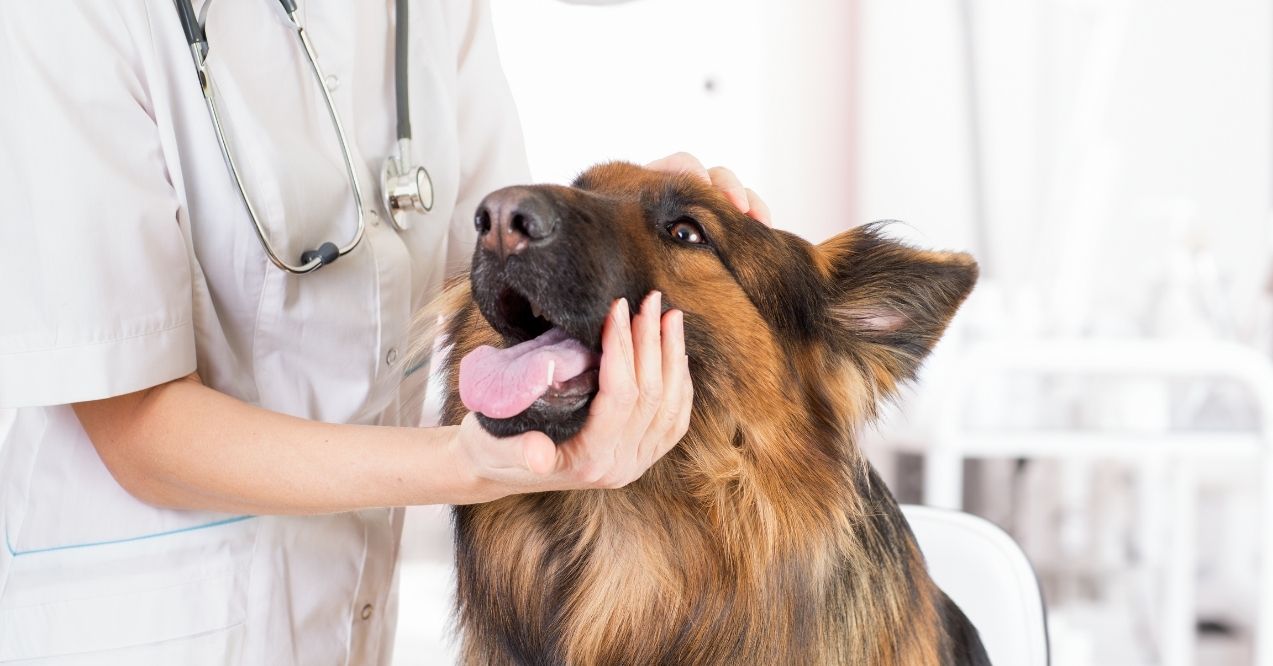Golden Retriever Breed Information
Looking for reliable Golden Retriever breed information? These beloved companions consistently rank among America’s most popular dog breeds, and it’s easy to see why. With their flowing golden coats, gentle eyes, and ever-present smiles, Golden Retrievers capture hearts wherever they go.
From their origins as Scottish hunting dogs to their modern roles as family pets, service animals, and therapy dogs, these versatile canines prove themselves exceptional in every role they take on.
Breed Overview
Breed Characteristics
Common Health Issues
Care Requirements
Golden Retriever History
The Golden Retriever history begins in the misty highlands of Victorian-era Scotland. In the mid-1800s, Dudley Marjoribanks (later known as Lord Tweedmouth) set out to create the perfect hunting companion for the challenging Scottish terrain. His vision went beyond just developing another hunting dog – he wanted a canine that could excel in retrieving game from both water and land while maintaining a gentle disposition at home.
The development of the breed came through carefully planned breeding between a yellow retriever named Nous and a now-extinct Tweed Water Spaniel called Belle. This pairing produced exceptional puppies that combined the best qualities of both parents: strong swimming abilities, soft mouths for retrieving game, and gentle temperaments.
The breed gained recognition from the Kennel Club of England in 1911, and by 1932, the American Kennel Club had welcomed these golden-coated retrievers into their ranks. Their popularity soared in the 1970s when President Gerald Ford’s Golden Retriever, Liberty, became a beloved White House resident, showcasing the breed’s adaptability and charm to the American public.
Physical Characteristics

Size and Weight
Golden Retriever size follows a classic medium-to-large build that combines strength with agility.
Males stand proudly at 23-24 inches at the shoulder, while females measure between 21.5-22.5 inches. When it comes to Golden Retriever weight, males typically range from 65-75 pounds, with females weighing in at a slightly lighter 55-65 pounds.
The average Golden Retriever weight tends to fall right in the middle of these ranges, creating a well-balanced, athletic dog that’s neither too heavy nor too light.
Coat and Colors
One of the most striking Golden Retriever characteristics is their magnificent double coat. This water-repellent covering consists of a thick, soft undercoat and a longer, water-resistant outer layer that can be either wavy or straight.
When it comes to Golden Retriever colors, the breed shows off various stunning shades from light cream to rich golden to deep amber. Their coat features beautiful feathering along the chest, under the tail, and behind the legs, adding to their elegant appearance.
Distinctive Features
Beyond their coat, these dogs possess several unmistakable features that set them apart. Their faces wear a perpetually friendly expression, framed by soft, intelligent eyes that seem to smile. Medium-sized ears hang close to their cheeks, while their strong, straight muzzle allows them to carry items gently – a reminder of their retrieving heritage.
Temperament and Personality

The Golden Retriever temperament stands out as one of the breed’s most endearing qualities. These dogs embody a perfect balance of playfulness and gentleness, making them exceptional family companions. Golden Retriever personality traits typically include:
- A natural friendliness toward everyone they meet
- Deep loyalty to their family members
- Patient and gentle interaction with children
- High sociability with other pets
- Exceptional intelligence and eagerness to please
- A playful spirit that often lasts well into adulthood
Golden Retriever energy levels tend to be consistently high, especially in their younger years. They thrive on activity and engagement with their families, requiring regular exercise to maintain their happy, balanced nature. However, they also know how to settle down for quiet time, making them adaptable to various household routines.
Care
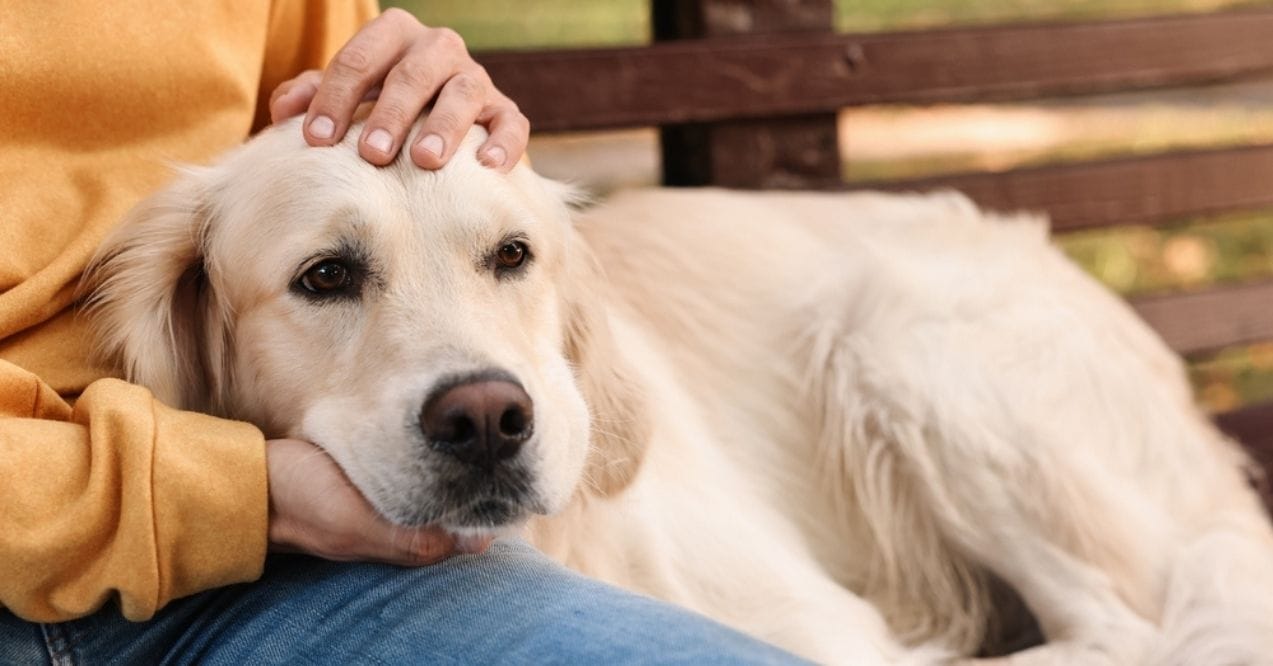
Grooming
Golden Retriever grooming needs regular attention due to their thick double coat. While their grooming routine isn’t overly complex, it requires consistency to keep their coat healthy and manageable. Their grooming needs include:
- Regular brushing (2-3 times weekly, daily during shedding seasons)
- Monthly baths to keep their coat clean and fresh
- Special attention to feathered areas to prevent matting
- Routine ear cleaning to prevent infections
- Regular nail trimming every 3-4 weeks
- Daily tooth brushing for optimal dental health
While their shedding can be substantial, especially during spring and fall, proper grooming tools and routines make it manageable. A slicker brush and undercoat rake become essential tools in any Golden owner’s grooming kit.
Exercise
These dogs embody remarkable Golden Retriever qualities when it comes to physical activity. Their natural athleticism and high energy drive require substantial daily exercise:
- At least one hour of vigorous activity daily
- Swimming (they naturally love water)
- Fetch games that satisfy their retrieving instincts
- Hiking or jogging with their owners
- Interactive play with other dogs
- Agility or obedience training sessions
Without proper exercise outlets, these intelligent dogs may develop unwanted behaviors out of boredom or pent-up energy. Their exercise routine should combine physical activity with mental stimulation for optimal well-being.
Diet and Nutrition
Proper nutrition forms the foundation of your Golden Retriever’s health and vitality. These dogs have healthy appetites and may continue eating well past the point of fullness, making portion control essential for maintaining a healthy weight.
Feeding Guidelines by Life Stage
- Puppies (8-12 weeks) – 3-4 meals daily, totaling 1½ to 2 cups
- Puppies (3-6 months – 3 meals daily, totaling 2 to 3 cups
- Puppies (6-12 months – 2 meals daily, totaling 3 to 4 cups
- Adults (1+ years) – 2 meals daily, totaling 2½ to 3½ cups
These portions serve as general guidelines and should be adjusted based on your dog’s activity level, metabolism, and overall health. Active dogs involved in sports or regular training may need up to 20% more food, while less active or senior dogs might require 20% less to prevent weight gain.
Weight Management Tips
- Choose age-appropriate food formulated for large breeds
- Measure portions precisely using a standard measuring cup
- Account for treats in daily calorie intake (treats should not exceed 10% of daily calories)
- Maintain regular feeding times to establish routine
- Monitor body condition weekly using the rib test
- Adjust portions if you notice weight gain or loss
Common Dietary Concerns
- Tendency to gulp food, which can lead to bloat
- Excessive weight gain if overfed
- Food sensitivities that may require special diets
- Increased appetite during growth spurts or high activity periods
For optimal weight maintenance, you should be able to feel your Golden’s ribs without pressing hard, and they should have a visible waist when viewed from above. If you can’t easily feel their ribs, it’s time to reduce portions or increase exercise. Conversely, if ribs are prominently visible, portions may need to be increased.
Training and Socialization
Golden Retriever training stands out as one of the most rewarding aspects of owning this breed. Their intelligence and eagerness to please make them highly trainable, though they require patience and consistency:
Early Training Priorities
- Basic obedience commands
- Leash manners
- House training
- Proper socialization with people and other animals
Advanced Training Opportunities
- Agility courses
- Therapy dog certification
- Advanced obedience
- Water rescue work
- Tracking exercises
Key Training Tips
- Use positive reinforcement methods
- Keep sessions engaging and fun
- Incorporate play into training
- Maintain consistent commands
- Start socialization early
- Include various environmental exposures
Their natural intelligence and desire to work with humans make them excellent candidates for various working roles, from therapy dogs to search and rescue work. Early and consistent training helps channel their energy into productive activities while strengthening the bond between dog and owner.
Health

Lifespan and Life Stages
Golden Retrievers typically enjoy a lifespan of 10-12 years, though many live longer with proper care and attention. Their longevity depends on various factors, including genetics, diet, exercise, and preventive healthcare. Understanding their needs at different life stages helps ensure they live their fullest, healthiest life.
During the puppy stage (0-2 years), your Golden needs careful attention to growth and development. This period sets the foundation for lifelong health, requiring:
- Regular wellness checks and vaccinations
- Proper nutrition for healthy growth
- Safe socialization opportunities
Adult Goldens (2-8 years) enter their prime, requiring consistent care routines. These years focus on maintaining health through regular exercise, proper nutrition, and preventive care. Regular dental care becomes especially important, as does maintaining a healthy weight through appropriate diet and exercise.
As your Golden enters their senior years (8+), their needs will change. They may slow down and require adjustments to their daily routine. Senior Goldens benefit from more frequent health checks and often need modifications to their exercise and nutrition plans. Many remain active and playful well into their senior years, though they may need extra support for joint health and overall comfort.
Potential Health Problems
Joint Issues
Hip dysplasia commonly affects Labs due to genetic predisposition and rapid growth during puppyhood. This condition occurs when the hip joint doesn’t fit properly into the socket, leading to pain and mobility issues. Early signs include difficulty rising, reluctance to jump, and altered gait patterns. Treatment options range from conservative management with medications and physical therapy to surgical intervention in severe cases.
Elbow dysplasia presents another significant joint concern, causing malformation of the elbow joint. This condition typically manifests between 4-10 months of age, often affecting both front legs. Treatment includes anti-inflammatory medications, physical therapy, and in some cases, surgical correction.
Age-related arthritis commonly develops in Labs, particularly those with previous joint issues or injuries. Management focuses on pain control, weight management, and appropriate exercise modification.
Cancer
Hemangiosarcoma, an aggressive cancer of the blood vessels, commonly affects Golden Retrievers after age 8. This cancer typically develops in the spleen or heart, causing sudden collapse, lethargy, and internal bleeding. Treatment includes emergency surgery and chemotherapy, though prognosis varies significantly.
Lymphoma affects the lymph nodes and lymphatic system. Golden Retrievers have a higher genetic predisposition to this cancer than many breeds. Symptoms include swollen lymph nodes, weight loss, weakness, and decreased appetite. Treatment protocols typically involve chemotherapy regimens.
Skin and Ear Health
Atopic Dermatitis commonly affects Golden Retrievers, triggered by environmental allergens like pollen, dust mites, and certain grasses. This condition typically first appears between 6 months and 3 years of age. Symptoms include intense itching, redness, and chronic ear infections.
Sebaceous Adenitis, a rare inflammatory condition affecting the skin’s oil glands, can cause severe scaling and hair loss. Symptoms include silvery dandruff, hair loss in patches, and musty odor. Treatment includes medicated shampoos and oral medications.
Ear Infections
Otitis Externa (outer ear infection) commonly occurs due to the breed’s floppy ears trapping moisture. Chronic ear infections affect approximately 15% of Golden Retrievers. Symptoms include head shaking, ear scratching, redness, and strong odor. Regular cleaning and drying after swimming help prevent infections.
Gastrointestinal Issues
Bloat (Gastric Dilatation-Volvulus) is a life-threatening emergency where the stomach fills with gas and twists. This condition can cause death within hours if untreated. Symptoms include restlessness, failed attempts to vomit, and distended abdomen. Emergency surgery is required.
Inflammatory Bowel Disease (IBD) affects many Golden Retrievers, causing chronic digestive issues. Symptoms include chronic diarrhea, vomiting, and weight loss. Management typically involves dietary changes and medication.
Pancreatitis may also develop from high-fat diets or genetic predisposition. Symptoms include severe abdominal pain, vomiting, and loss of appetite. Treatment requires hospitalization and supportive care.
Thyroid Function
Hypothyroidism commonly affects middle-aged Golden Retrievers. Signs include unexplained weight gain, lethargy, and changes in coat quality. Fortunately, thyroid conditions respond well to treatment once diagnosed, allowing affected dogs to maintain an excellent quality of life with proper management.
Weight Management
Maintaining a healthy weight proves essential for your Golden’s overall health and longevity. Extra pounds put unnecessary stress on joints and organs, potentially leading to various health issues like diabetes. Regular exercise, appropriate portions, and resistance to those pleading eyes during snack time help keep your Golden at a healthy weight and away from obesity.
Your Golden should have a visible waist when viewed from above, and you should be able to feel their ribs without pressing hard. If you’re unsure about your dog’s ideal weight, your veterinarian can help you establish and maintain healthy weight goals.
Living with a Golden Retrievers
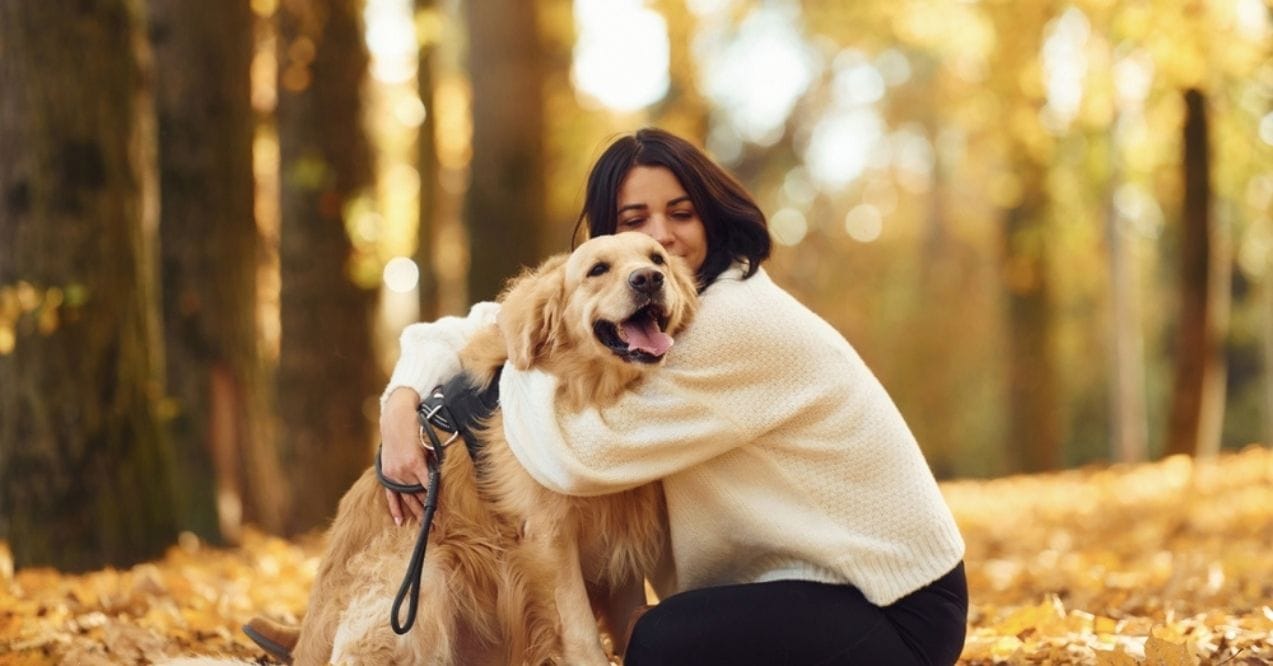
Golden Retrievers adapt remarkably well to various living situations, provided they receive enough exercise and attention. Their friendly nature makes them ideal for families, but they can thrive equally well with singles or seniors who maintain an active lifestyle. While they can adjust to apartment living, they do best in homes with yards where they can play and explore.
These dogs form strong bonds with their families and prefer to be involved in daily activities. Their adaptability extends to various household situations:
- They get along well with children of all ages
- They welcome other pets into their space
- They adjust their energy levels to match their family’s activity
- They remain playful well into adulthood
However, potential owners should consider that Golden Retrievers don’t do well with long periods of solitude. They thrive on human companionship and may become anxious or destructive if left alone too frequently.
Golden Retrievers as Working Dogs
The versatility of Golden Retrievers extends far beyond family companionship. Their intelligence, trainability, and gentle nature make them exceptional working dogs in various roles. Modern Golden Retrievers excel in:
Search and Rescue – Their powerful nose and tireless work ethic make them invaluable in finding missing persons.
Therapy Work – Their natural empathy and calm demeanor bring comfort to hospital patients and nursing home residents.
Guide Dogs – Their intelligence and reliable nature make them excellent guides for visually impaired individuals.
Detection Work – Their keen sense of smell and focus help in detecting various substances.
Their strong retrieve drive, inherited from their hunting ancestry, serves them well in these working roles. This natural instinct combines with their eagerness to please, making them highly effective working partners.
Golden Retriever Pros and Cons
When considering the Golden Retriever pros and cons, their adaptability to various living situations stands out as a major advantage. These versatile dogs can thrive in different environments, provided they receive adequate exercise and attention:
Pros
- Exceptional family companions
- Great with children and other pets
- Highly trainable and intelligent
- Versatile working abilities
- Loving and affectionate nature
- Strong desire to please their owners
Cons
- Substantial shedding throughout the year
- High exercise requirements
- Potential for separation anxiety
- Regular grooming needs
- Size may be too large for some living spaces
- Tendency to mouth objects during puppyhood
Knowing these aspects help potential owners make informed decisions about bringing a Golden Retriever into their homes. While they adapt well to various living situations, they thrive best in homes where they can be an active part of daily family life.
Facts and Trivia
These beloved dogs come with many interesting fun facts about Golden Retrievers that might surprise you. Did you know that Golden Retrievers aren’t born with their signature golden coat? Puppies start out much lighter, developing their rich color as they mature.
More Golden Retriever facts that showcase their unique qualities:
- Their “soft mouth” allows them to carry eggs without breaking them
- They don’t reach full maturity until around three years of age
- The breed’s water-repellent coat has two layers
- A Golden Retriever named Charlie once held the world record for loudest bark
- These dogs played a crucial role in developing the popular Labradoodle hybrid
Conclusion
Golden Retrievers offer an exceptional blend of companionship, intelligence, and versatility that few other breeds can match. Their gentle nature, combined with their eagerness to please, makes them ideal for families, individuals, and working roles alike. While they require dedicated exercise, grooming, and attention, they repay this investment many times over with their unwavering loyalty and affection.
Before welcoming a Golden Retriever into your home, consider both their needs and your lifestyle. These dogs thrive with active families who can provide proper exercise, training, and companionship. With proper care and attention, a Golden Retriever will become not just a pet, but a beloved family member who brings joy, laughter, and unconditional love to your home.
For those ready to commit to their care requirements, Golden Retrievers prove themselves to be among the most rewarding breeds to own. Their combination of intelligence, gentleness, and adaptability continues to win hearts worldwide, making them one of the most beloved dog breeds across generations.
Golden Retrievers typically live between 10-12 years. With proper care, including regular veterinary checkups, good nutrition, exercise, and preventive health measures, some may live longer, though this is their average lifespan in healthy conditions.
Adult male Golden Retrievers typically weigh between 65-75 pounds, while females weigh 55-65 pounds. A healthy weight depends on the dog’s frame size and height, with males standing taller and naturally weighing more than females.
Golden Retrievers are excellent family dogs known for their friendly temperament, intelligence, and patience with children. They’re highly trainable, adaptable to various living situations, and make loyal companions. Their gentle nature makes them popular therapy and service dogs.
Golden Retrievers typically reach their full height by 12 months but continue filling out and gaining muscle mass until 18-24 months. Their emotional maturity may take longer, with some maintaining puppy-like behavior until age 3-4.
Advertisement. This site offers health, wellness, fitness and nutritional information and is designed for educational purposes only. You should not rely on this information as a substitute for, nor does it replace, professional medical advice, diagnosis, or treatment. If you have any concerns or questions about your health, you should always consult with a physician or other health-care professional. Do not disregard, avoid or delay obtaining medical or health related advice from your health-care professional because of something you may have read on this site. The use of any information provided on this site is solely at your own risk.








